Chinese Business History in Queensland Farming: 1882-1900
By Rutian Mi | 26 June 2020
Soon after the gold rush, Cairns became a major centre for Chinese people. They used their farming experience from China to open the land and started farming in north Queensland.
The two photos of the Cairns Chinatown in 1886 and 1890 showed how big the changes were in four years.
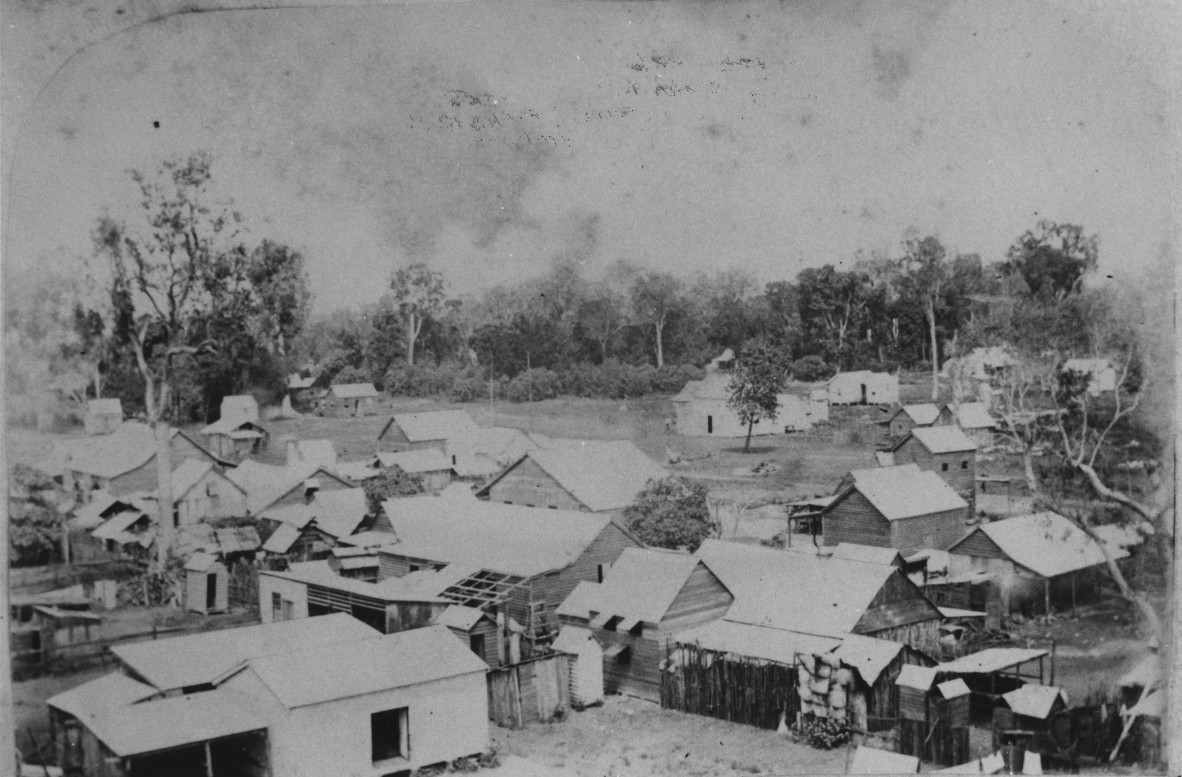
China Town, Cairns, 1886
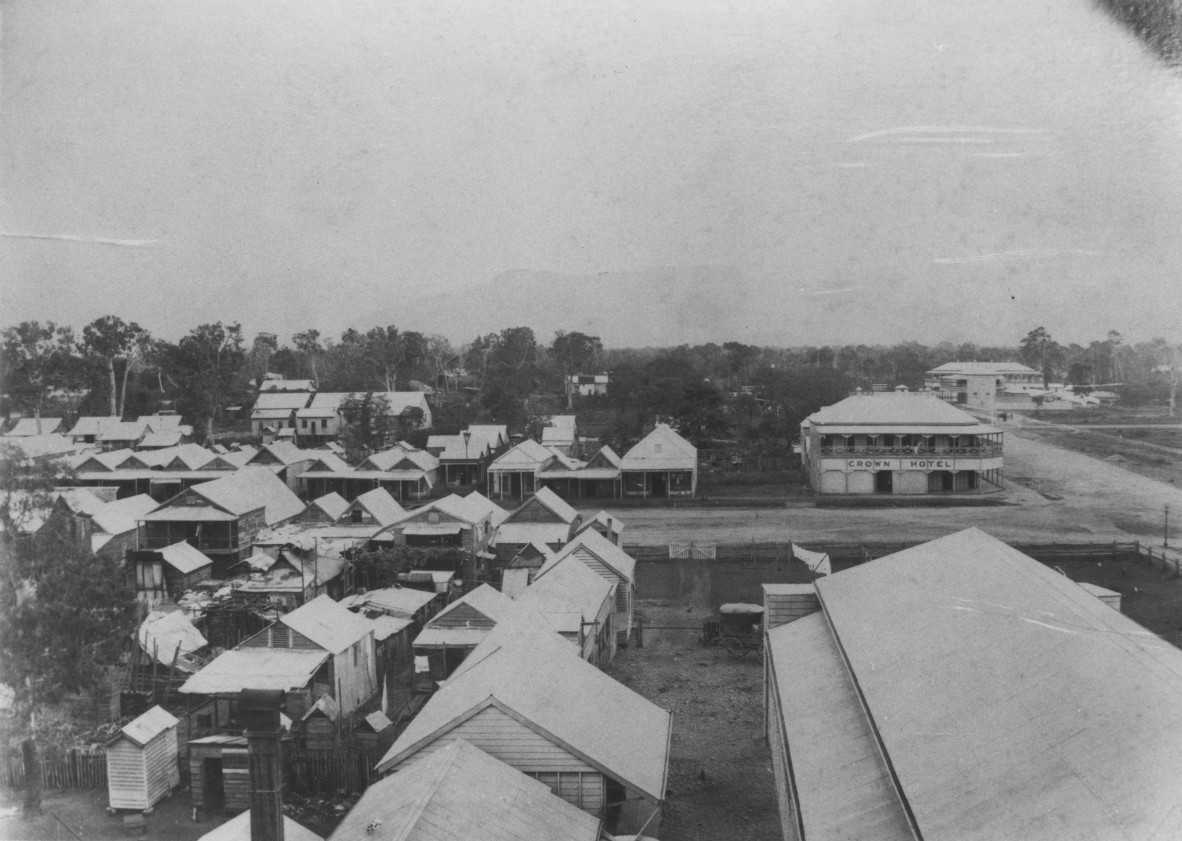
Chinatown Cairns, ca.1890
There are detailed study’s in Cathie May’s book ‘Topsawyers : the Chinese in Cairns, 1870-1920’. As the book pointed out, Chinese farmers contributed significantly to the tropical agriculture in Queensland especially the Banana industry.
In 1885, banana was first recognised as an important export item. Chinese farmers in Queensland used their connections with their countrymen in Melbourne and Sydney to grow bananas and supply Chinese markets in New South Wales and Victoria. The sales of the Banana in QLD started from £2,000 in 1886 and grew to £25,000 in 1891. Controversially, the sugar industry dropped from £39,000 to £19,000 in the same period.
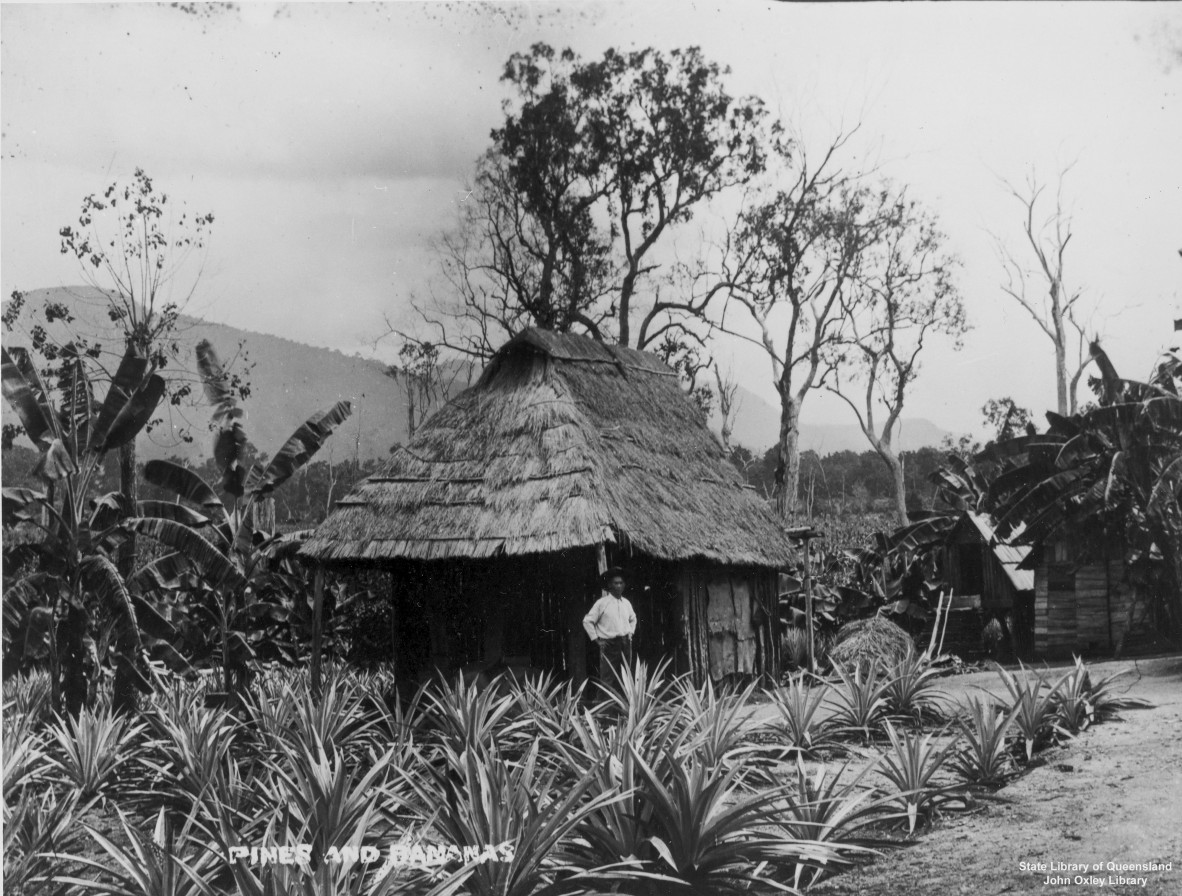
Man in front of a grass hut in the Cairns District, Queensland, ca. 1890
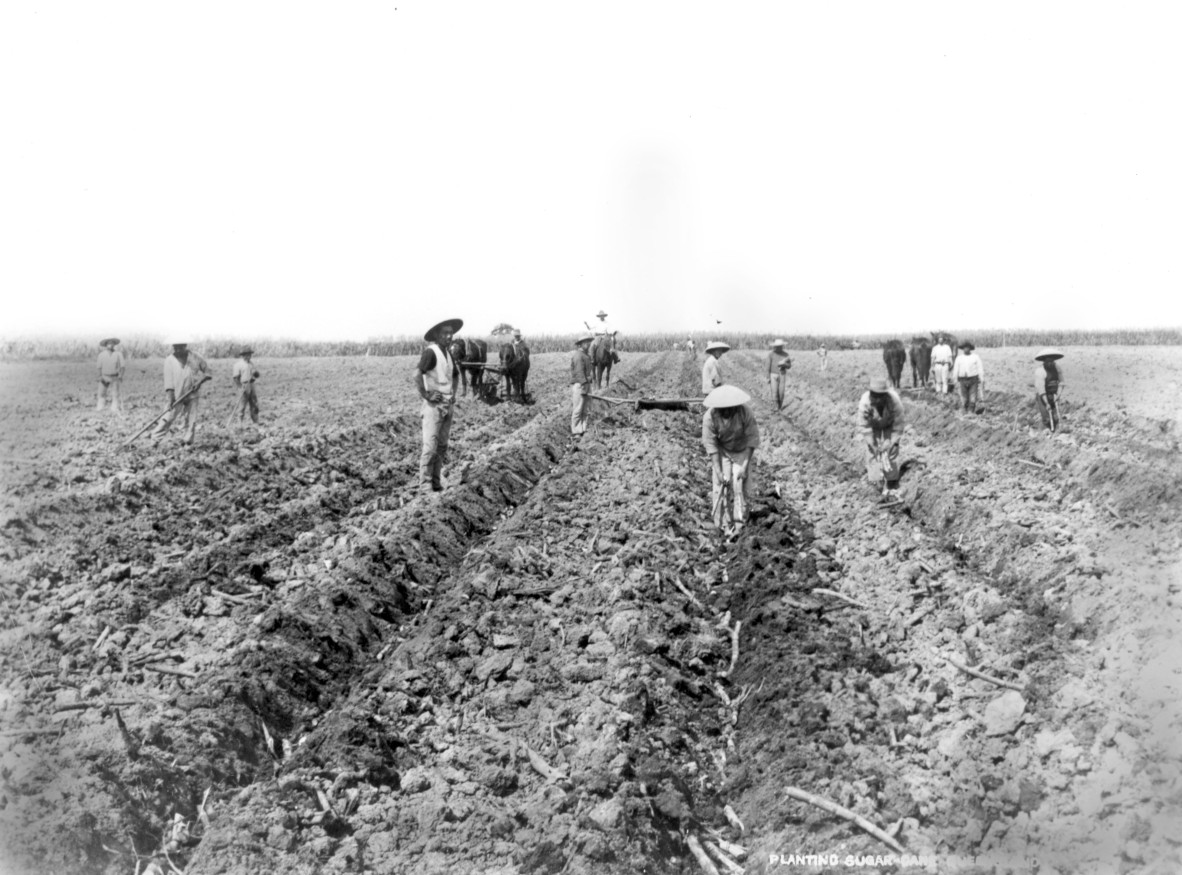
Chinese farm workers planting cane on Hambledon Sugar Plantation, Cairns, 1890s
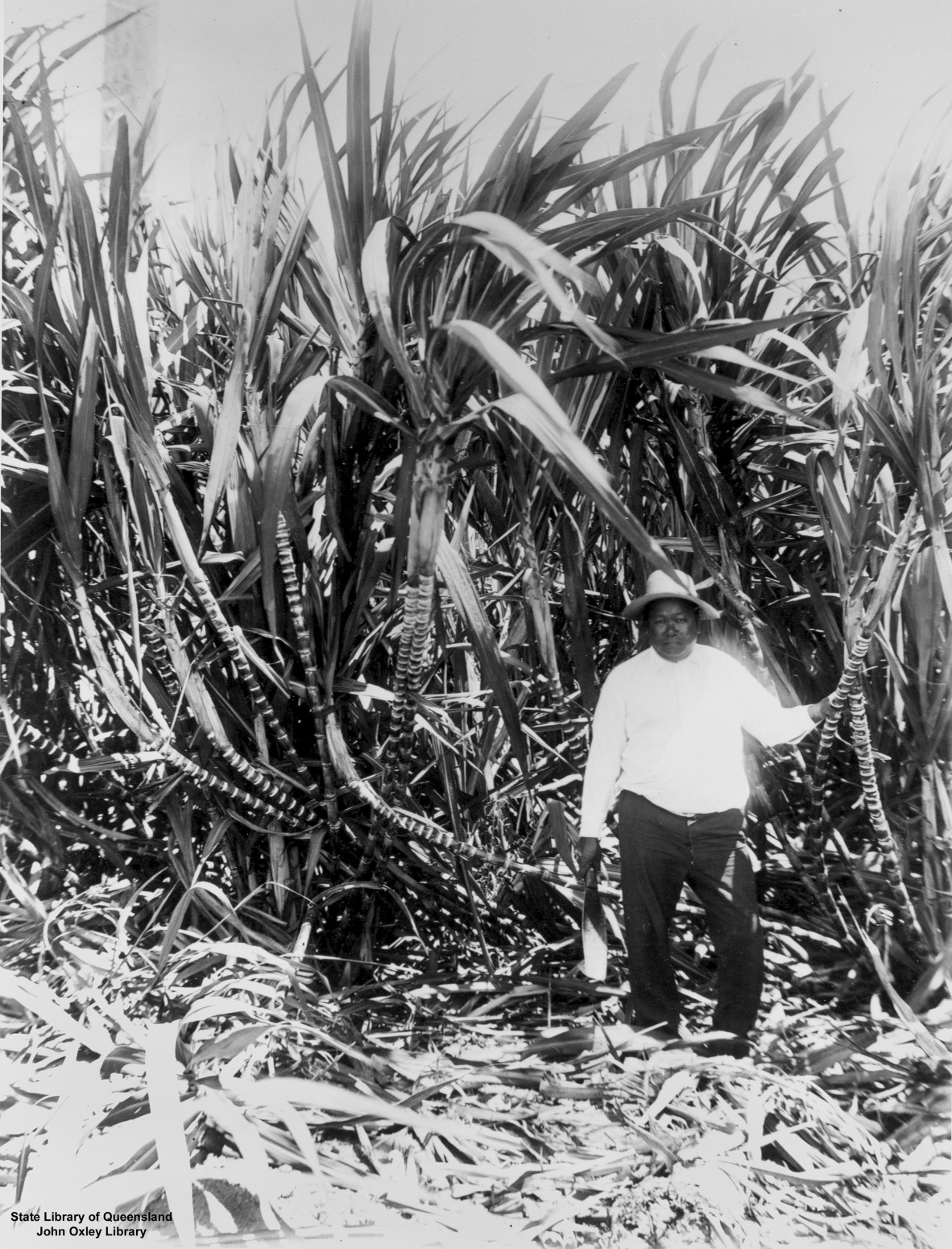
Labourer working on the Hambledon sugar plantation, Cairns
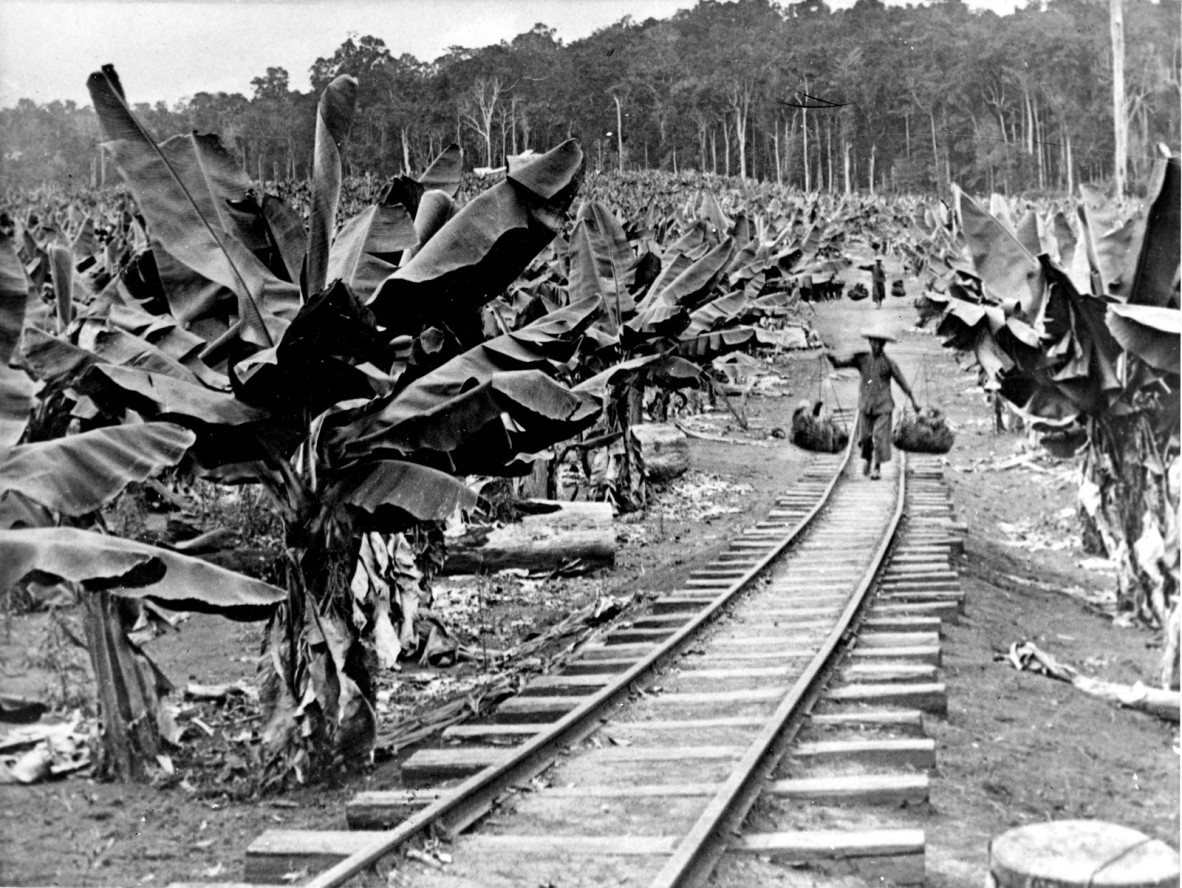
Chinese workers carrying bananas to a train, near Innisfail
Also in 1885, the first Chinese temple, San Sheng Gong, was built in Brisbane. The anti-Chinese activities never stopped after the gold rush. In 1887, the Chinese commissioner first visited Australia but his visit didn’t improve the understanding between Chinese and Western people.
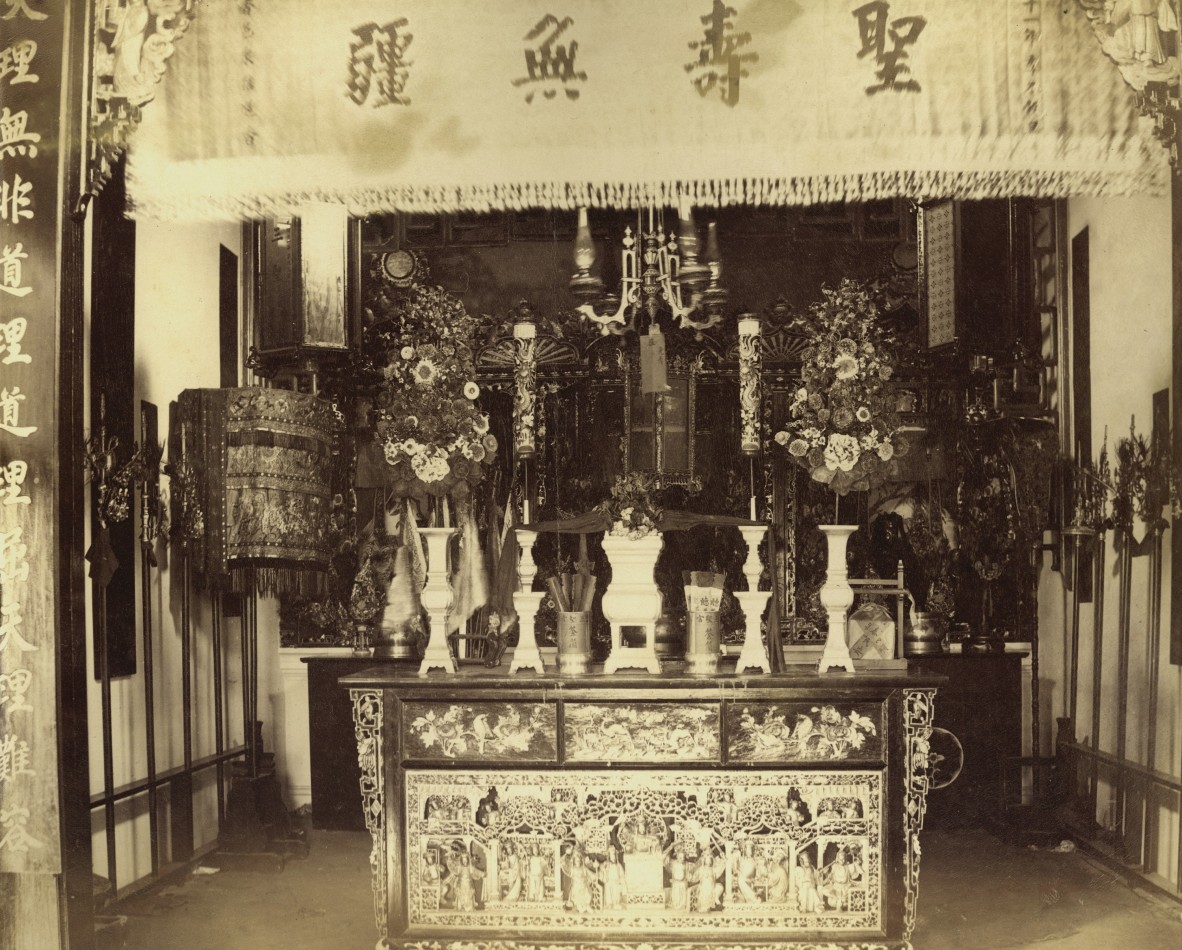
Chinese joss house at Breakfast Creek in Brisbane
On 5 May 1888, anti-Chinese riots happened in Brisbane and many Chinese businesses were attacked. There is a very good video created by Queensland State Archives about this.
Anti-Chinese Riots: When Brisbane Streets Erupted in Racial Violence. Courtesy Queensland State Archives.
In the same year, the Chinese Immigration Restriction Act was passed. More and more Chinese people left Australia. The Chinese population in Queensland continued declining.
During this period, Australia also experienced great depression (1890-1893) and the Federation drought (1895-1903). In 1900, Bubonic plague broke out in Sydney. In 1901, Australia became a federation and passed ‘Immigration Restriction Act’, the White Australia Policy.
At the same time there were more wars and natural disasters in China. During Sino-French war (1883-1885) China was defeated again by France. This aroused nationalistic awareness about the China’s modernisation in southern China. In 1895, China was defeated by Japan, this war marked the growth of Japan and the decline of the Chinese empire, and it also triggered a reform movement to finally result in the beginning of revolution against the last empire – Qing dynasty.
Yihequan was a Chinese secret society supported by poor peasants to anti Qing dynasty and the westerners. The group practised certain martial arts (Gongfu) in the belief that this made them invulnerable, so the westerners called them Boxers. From 1898, they changed their name from Yihequan to Yihetuan which means “Righteous and Harmonious Militia” and turned their force against foreigners in China. By May 1900, the Boxers were roaming the countryside around Beijing. About 19,000 soldiers from 8 countries were formed and finally captured in Beijing on 14 August 1900. During the fight, about 100,000 or more people were killed. After 1900, the West got more power in China and Qing dynasty was weakened further.
This was a tough period to do business in Australia for Chinese entrepreneurs. However, Andrew Leon bought 1280 acres in 1888 to grow fruits. And our two major subjects also chose to stay in Australia.
In 1883, Tom See Poy and two other Chinese men set up the Kam Who store at Mourilyan and then moved to Innisfail and stayed there to grow his business till he died in 1926.
In 1885, Kwong Sue Duk moved to Darwin and built the famous Sue Wah Chin Building, originally known as Stone House in 1888. He continued his business there until 1902 when he moved back to Cairns. During this period, he married his 2nd wife (1886), 3rd wife (1887) and went back to China and brought his 1st wife and children to Darwin (1889). He became a citizen in 1889. In 1898, he brought his 1st wife back to China as she asked and stayed one year in China and married his 4th wife. He brought his 4th wife back to Darwin in 1899.
In this period, most Chinese businesses in Queensland are farming and farm related businesses in north Queensland. There were some furniture makers and shops in Brisbane as well.
Discover More
To help understand the historical background and the social background of Chinese business in Queensland I created this chronological overview of Chinese business in Queensland online using the time graphics platform.
Comments
Your email address will not be published.
We welcome relevant, respectful comments.